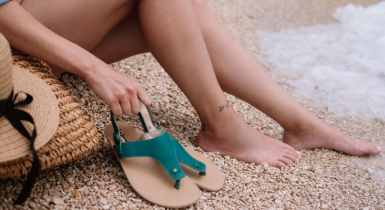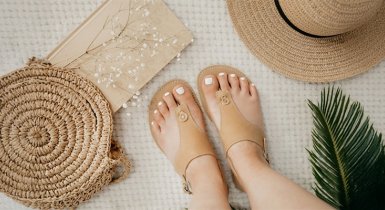Which Barefoot Shoes Are Best for Men?
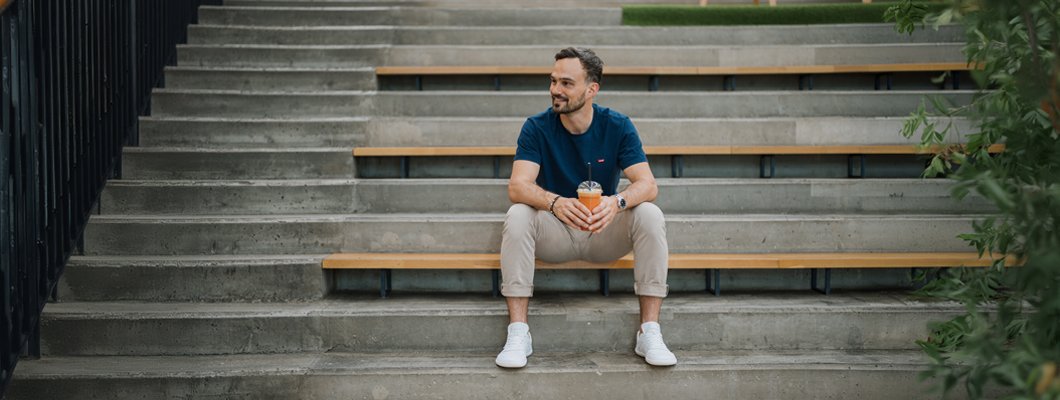
Barefoot shoes are no longer niche. Modern men can have natural movement, day-long comfort, and clean design in one pair. This blog explains why barefoot shoes make sense, what features matter, and which models fit different needs—from office to nature.
Table of contents
- Why choose barefoot shoes in the first place?
- What attributes define a quality men’s barefoot shoe?
- Which barefoot shoes are best for men by use-case?
- How should you transition comfortably and safely?
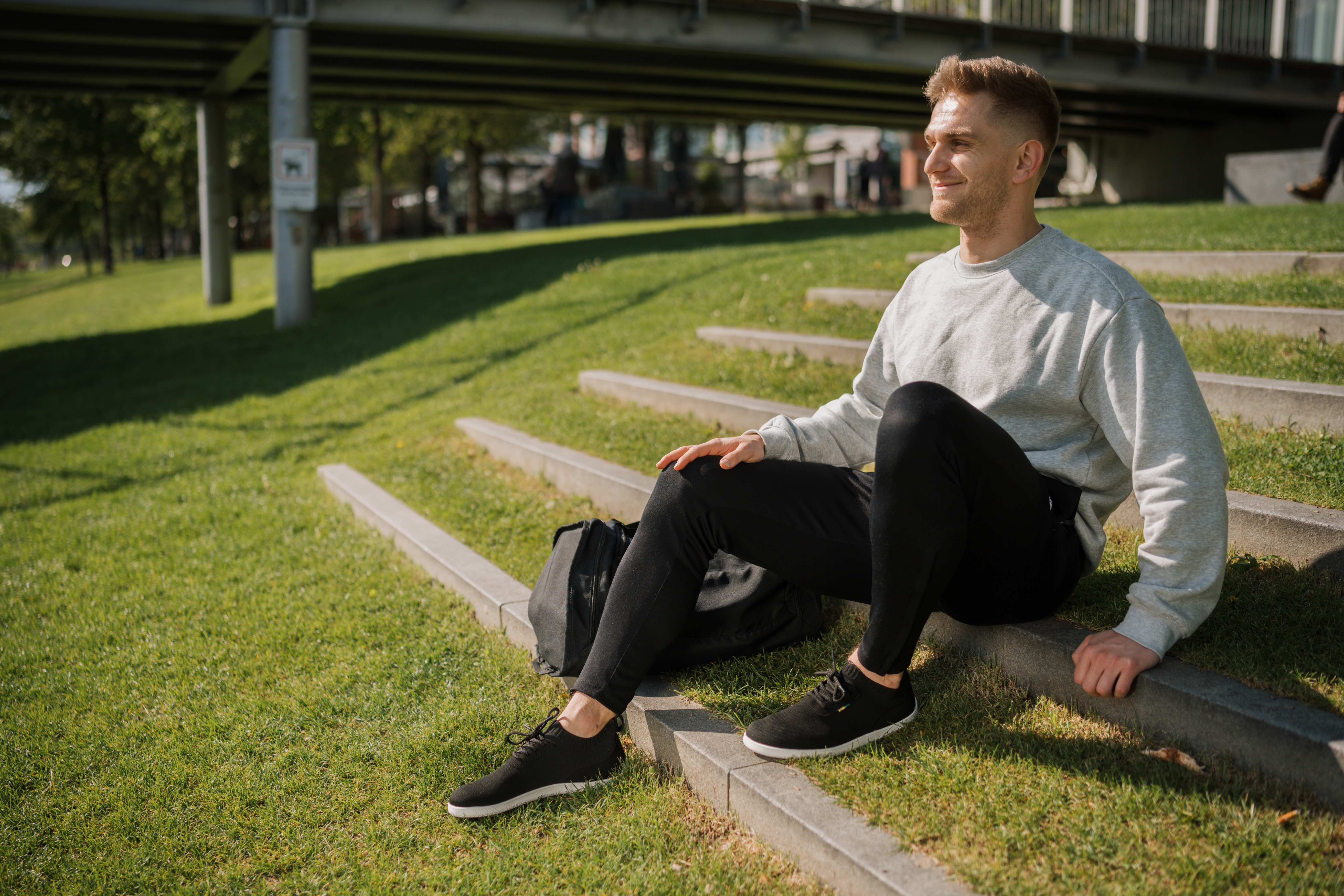
Why choose barefoot shoes in the first place?
Men’s feet do their best work when they can move naturally. Barefoot shoes let toes splay, keep the heel level with the forefoot, and allow the foot to sense the ground—supporting balance, posture, and efficient movement. Research in the last few years suggests minimalist footwear and foot-core work can strengthen intrinsic foot muscles and improve posture/balance when integrated gradually and sensibly.
What attributes define a quality men’s barefoot shoe?
- Anatomical, wide toe box for natural toe splay
- Zero-drop (heel and toes level) for neutral alignment
- Thin, flexible sole (~4–6 mm) for ground feedback
- Lightweight uppers that move with you (no rigid inserts)
- True-to-size fit with enough length and width up front
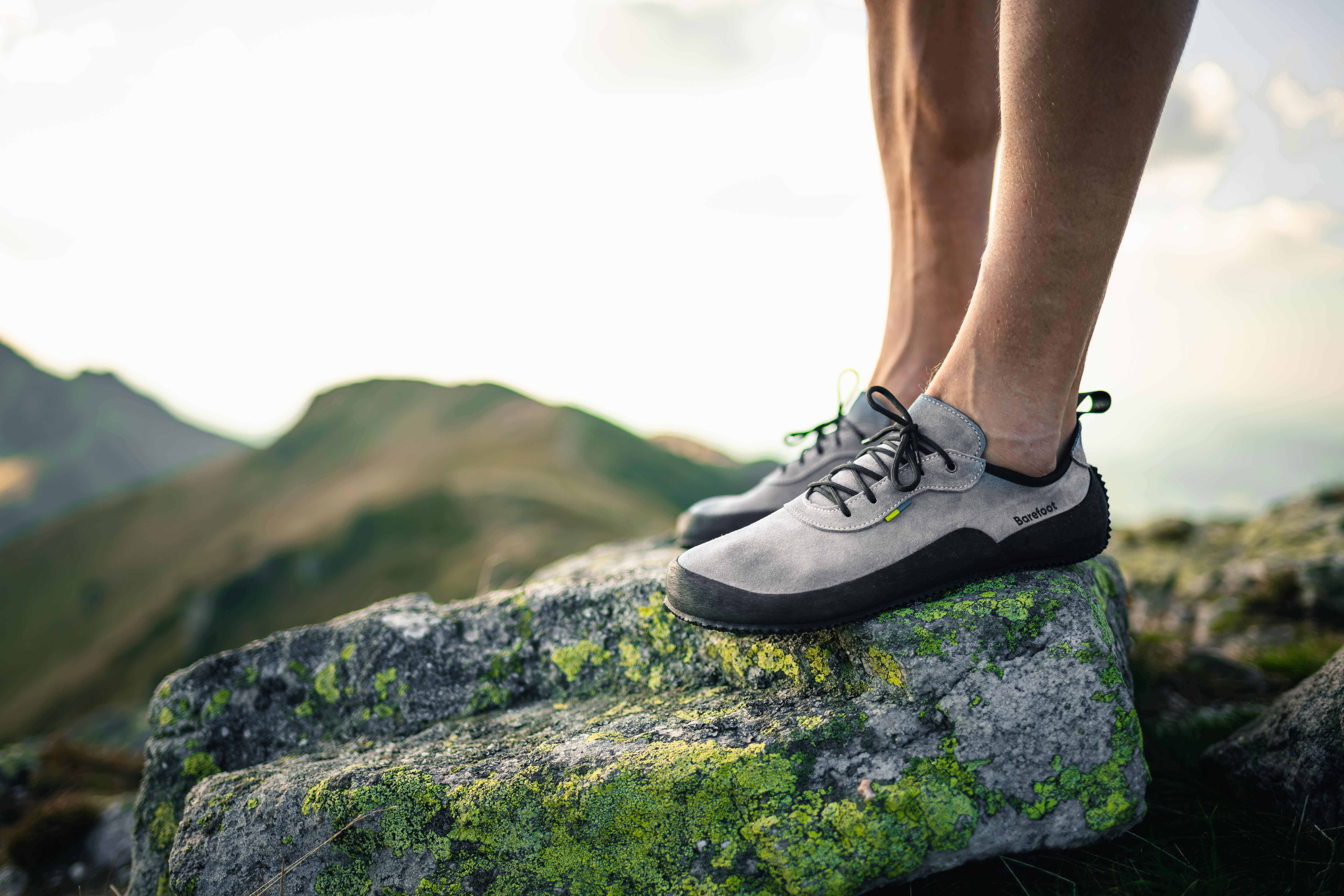
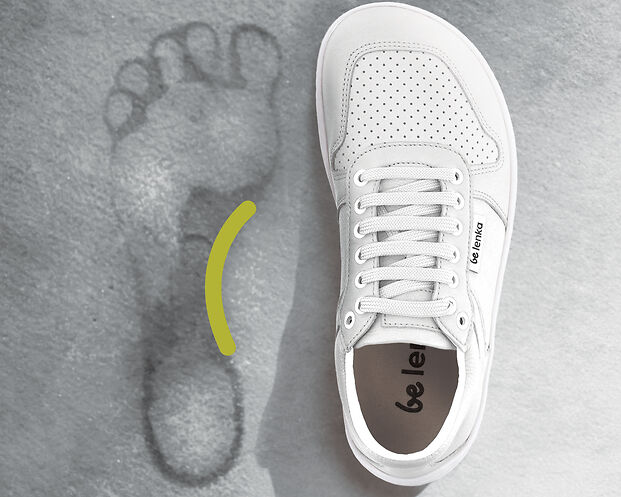
Which barefoot shoes are best for men by use-case?
Be Lenka barefoot shoes cover every part of a man’s lifestyle—from formal meetings to forest trails. For office or smart-casual wear, choose models with a clean silhouette, low profile, and premium materials such as Be Lenka Amadeus or Be Lenka Eazy Neo. They look refined yet keep your feet in their natural, relaxed posture.
If you spend your day in the city, Be Lenka Echo and Be Lenka Elite deliver everyday comfort with breathable uppers and timeless style that pairs effortlessly with jeans or chinos.
Men who love the outdoors will appreciate the Be Lenka Trailwalker 2.0 designed for light hiking and variable terrain. They offer excellent grip, flexible soles, and protection around the foot without compromising the barefoot feel.
How should you transition comfortably and safely?
- Start small: 30–60 minutes/day in week 1, then add time as it feels good.
- Rotate pairs: Alternate with your usual shoes while feet adapt.
- Mind your gait: Walk lightly; allow a soft midfoot landing, not hard heel strikes.
- Do foot-core work: Toe splay holds, towel scrunches, and calf/Achilles mobility (3–5 minutes).
- Size and width matter: Leave a thumb’s width in front; ensure the forefoot is not compressed.
- Listen to your body: Mild muscle soreness is normal; sharp pain means dial back and progress slower.
Men no longer have to choose between style and natural movement. With the right barefoot features—and the right pair for your day—your feet stay strong, your posture relaxed, and your stride efficient. Pick a use-case, choose a model that fits your routine, and transition at your own pace.
Sources
- Gabriel, A., Fuchs, K., Haller, B., Sulowska-Daszyk, I., Horstmann, T., & Konrad, A. (2024). A four-week minimalist shoe walking intervention influences foot posture and balance in young adults: A randomized controlled trial. PLOS ONE, 19(1), e0304640.* PLOS
- Hsu, Y.-C., et al. (2024). The effects of foot-core exercises and minimalist footwear on foot muscle size and strength: Randomized controlled trial. Clinical Biomechanics, 110, 105001. clinbiomech.com
- Menz, H. B., et al. (2023). Effects of supportive and minimalist footwear on standing balance and walking stability in older women. Journal of Foot and Ankle Research, 16(1), 1–12. BioMed Central
Are barefoot shoes appropriate for offices with a dress code?
+ -Yes—sleek leather or minimalist designs pair well with smart-casual outfits.
Do barefoot shoes help with balance and foot strength?
+ -Gradual use alongside simple foot-core exercises can improve balance and intrinsic muscle strength over time.
Can I hike in barefoot shoes?
+ -For light trails, yes. Choose models with dependable grip and toe protection (Trailwalker) and build distance gradually.
How long does the transition usually take?
+ -Most people feel comfortable after 4–8 weeks of steady, progressive wear combined with short daily drills.
 DE / USD
DE / USD

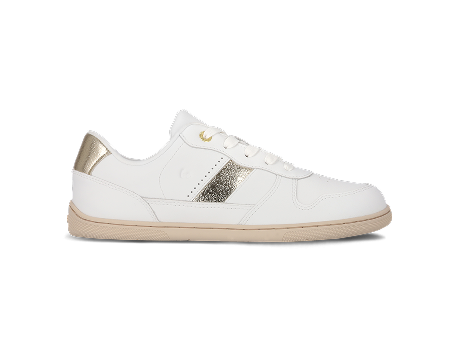

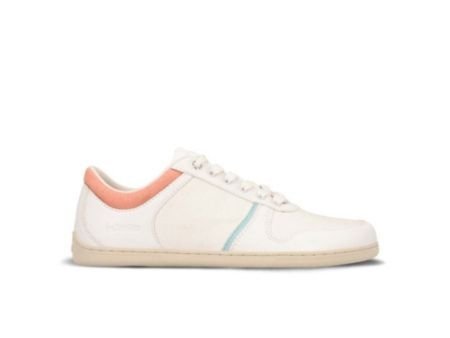
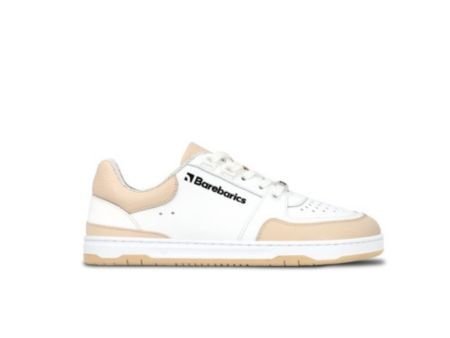

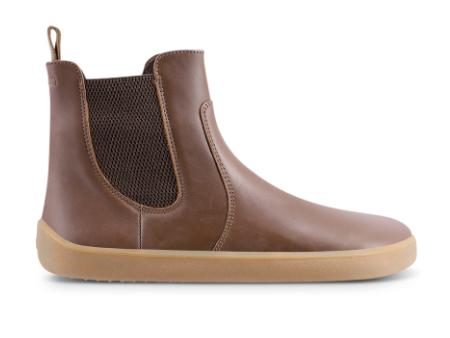


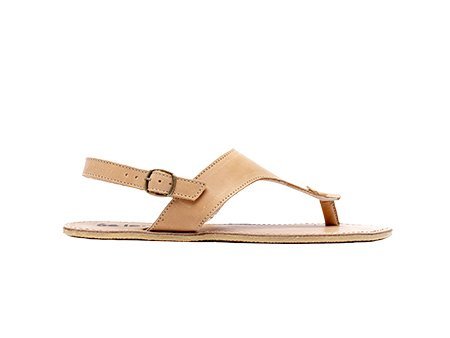
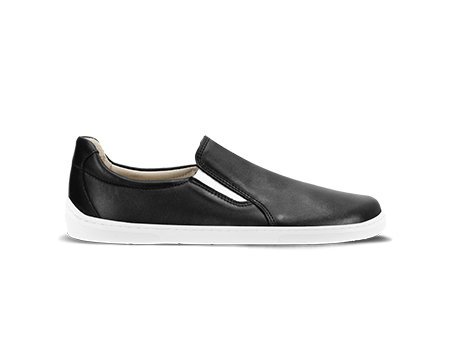

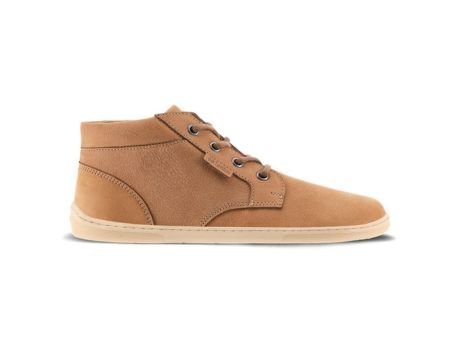

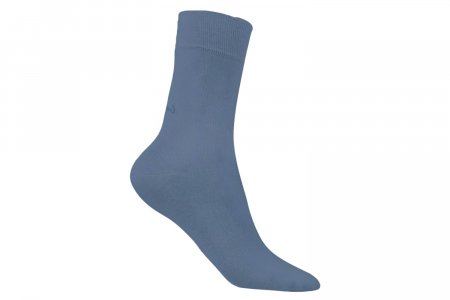
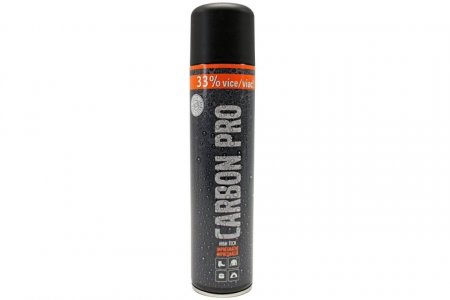
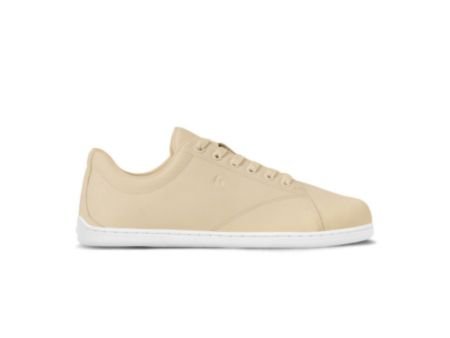
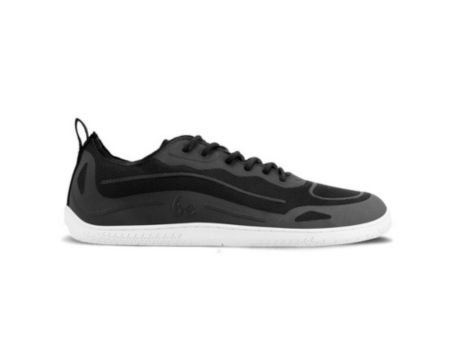
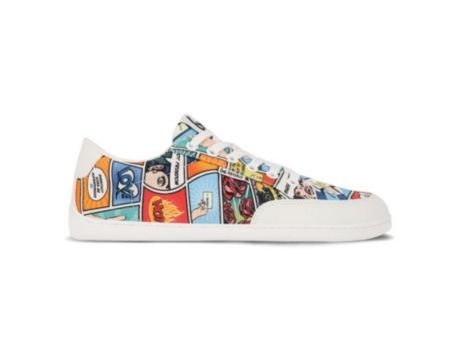

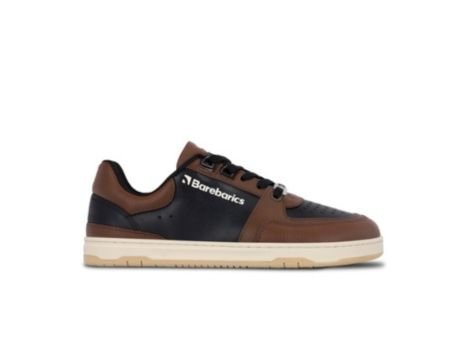


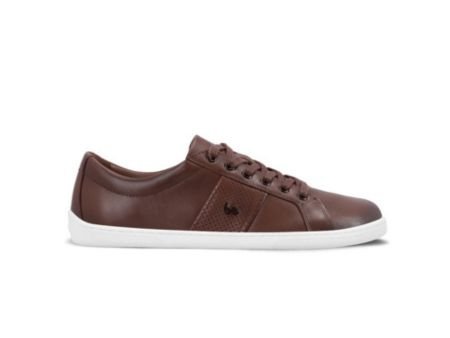
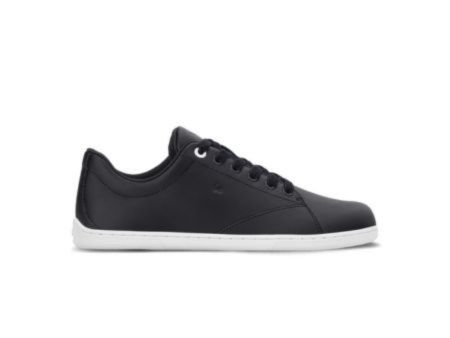
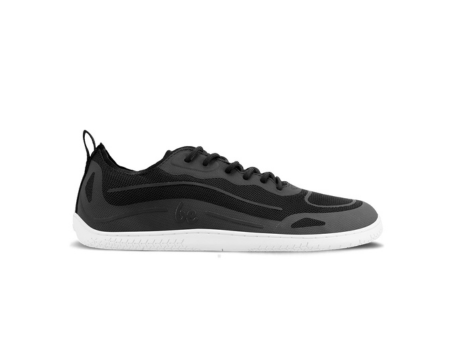

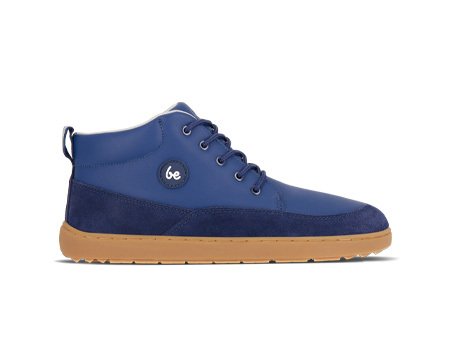

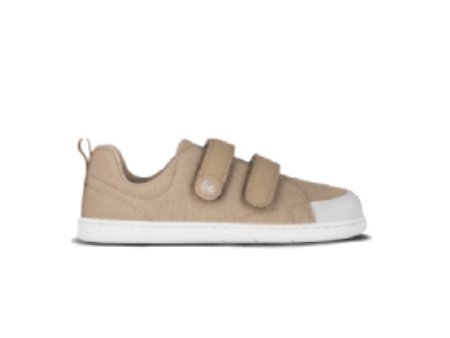

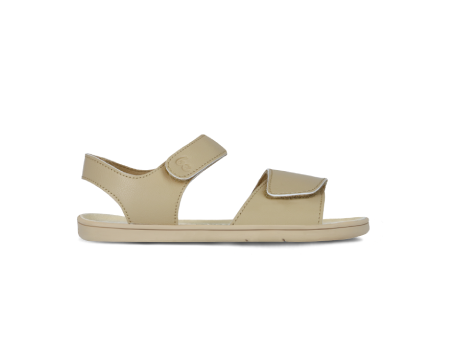
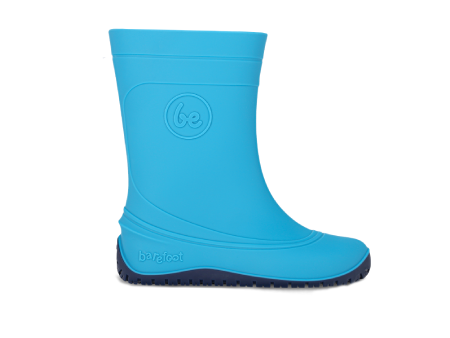
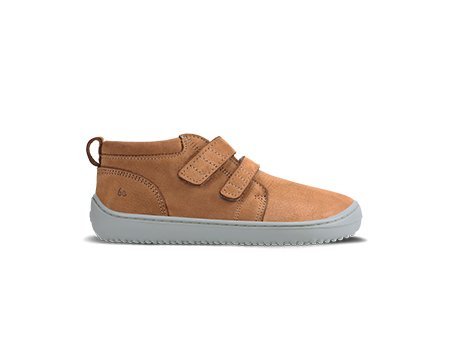
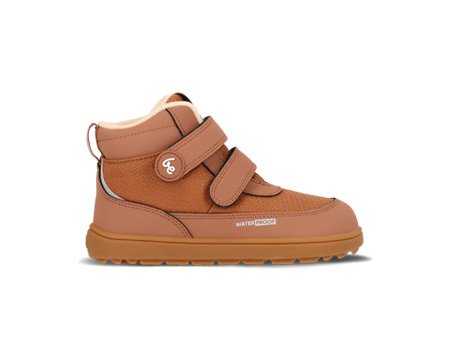
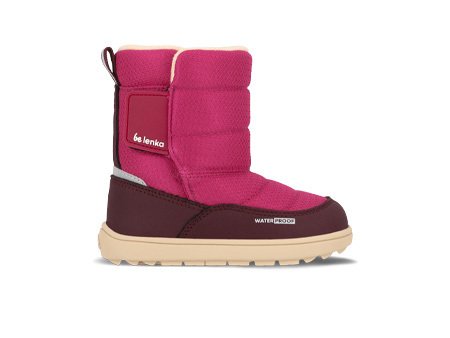

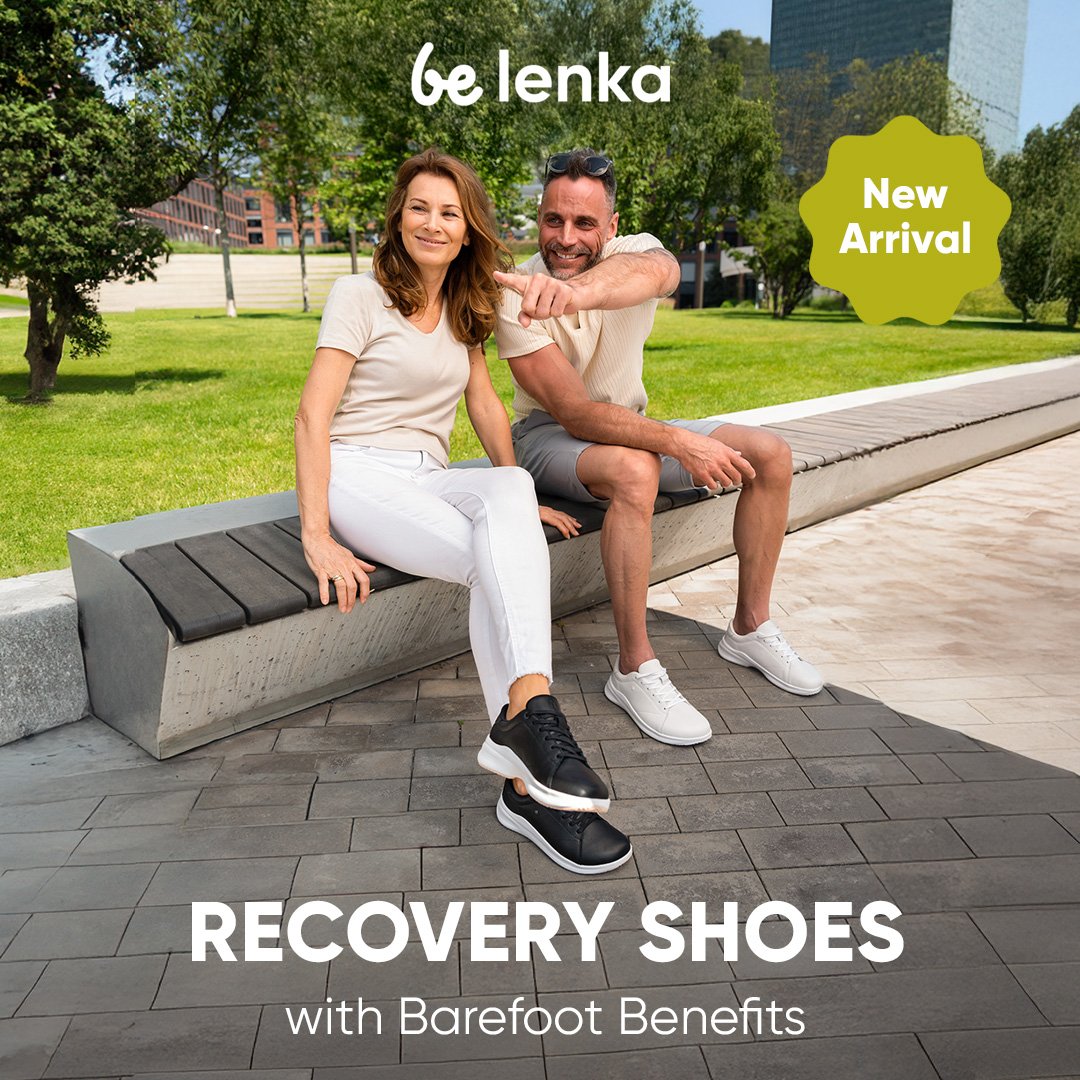
 Be Lenka
Be Lenka


